10 Types of Natural Disasters

What Are Natural Disasters?
A natural disaster is a sudden and extreme event caused by nature that can cause damage and harm people.
Examples include earthquakes, hurricanes, tornadoes, floods, wildfires, volcanic eruptions, and tsunamis.
These events can have serious consequences for communities and the environment.
Today, we’ll go through all 10 types of natural disasters.
1. Hurricanes
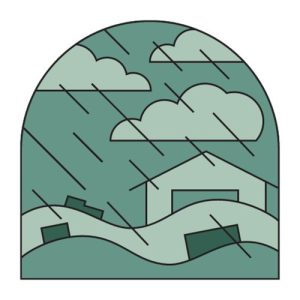
A hurricane is a type of tropical storm, but much more powerful. It’s like a gigantic, spinning storm that forms over warm ocean waters.
Hurricanes have powerful winds that blow things around, heavy rain causes flooding, and storm surges flood coastal areas.
Meteorologists classify them into categories based on their wind speed, with Category 5 being the most powerful.
2. Tornadoes

Tornadoes form when warm and cold air collide during big thunderstorms. This collision can force the wind to start spinning in a circle.
When a tornado comes, it can be extremely destructive, like a powerful giant vacuum cleaner that sucks up everything in its path.
Imagine a tornado as a long, twisting tube of wind and clouds that reaches down from the sky to the ground. Inside this spinning tube, the wind can be so strong that it can pick up houses, cars, and trees and toss them around like toys.
Tornadoes are natural disasters because they can cause a lot of damage and are very dangerous to people. They’re not something we can control or prevent, but we can try to stay safe by listening to weather warnings and taking shelter.
3. Volcanoes
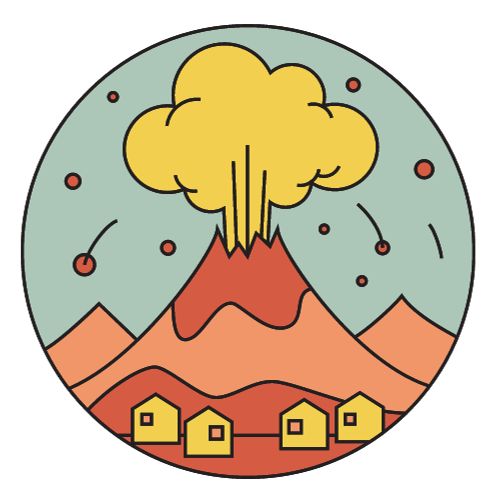
Volcanoes form hot molten rock, ash, and gases from deep within the Earth. They can burst out through an opening, often creating an eruption.
They typically occur where two plate tectonic boundaries meet such as the Ring of Fire. But they can also happen at subduction zones, hot spots, and mid-oceanic ridges.
A volcano can lead to the release of lava and ash because of the Earth’s internal heat and activity. All the parts of a volcano like lava bombs and lahar can cause damage to the surrounding areas.
4. Earthquakes

An earthquake happens when there’s a sudden release of energy in the Earth’s crust. This creates seismic waves that cause the ground to shake.
This release of energy happens because of the movement of tectonic plates beneath the Earth’s surface.
Earthquakes can range in size and strength, from small ones that are hard to notice to big ones that can damage buildings and landscapes.
They can also lead to aftershocks, which are smaller tremors that follow the main earthquake.
5. Tsunamis
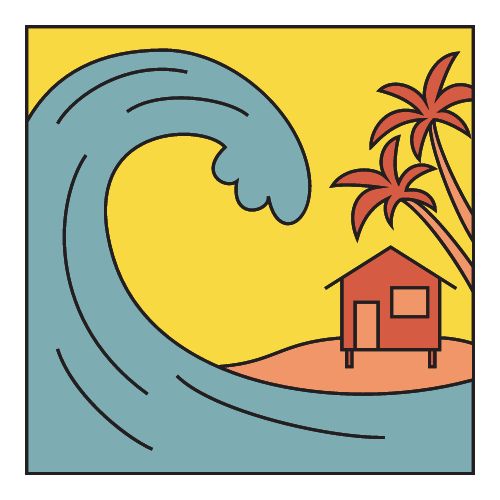
A tsunami is a super-sized ocean wave that can be extremely destructive. It happens when something big, like an undersea earthquake disturbs the ocean floor.
This disturbance creates a massive amount of energy, which sends powerful waves spreading across the ocean.
As these waves approach shallower coastal areas, they can grow in height and speed, causing massive flooding when they reach the shore.
Tsunamis can be very dangerous and lead to significant damage and loss of life in coastal regions.
6. Droughts
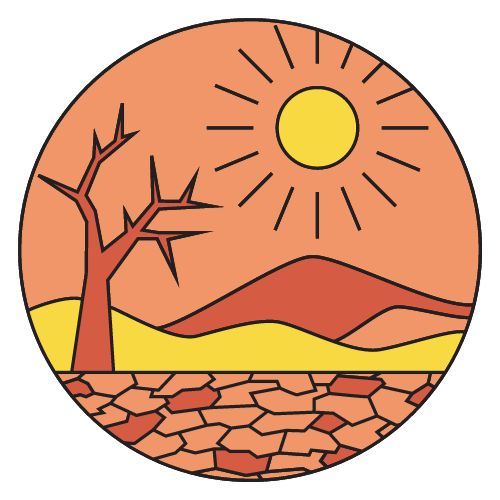
A drought is a prolonged period of abnormally low rainfall in a particular region. This can cause water shortages and impact the environment and agriculture.
In a drought, there isn’t sufficient water for people, plants, and animals. This causes dry soil, less crop growth, and water restrictions for communities.
Droughts can greatly impact ecosystems and make life difficult for people who rely on water.
7. Landslides
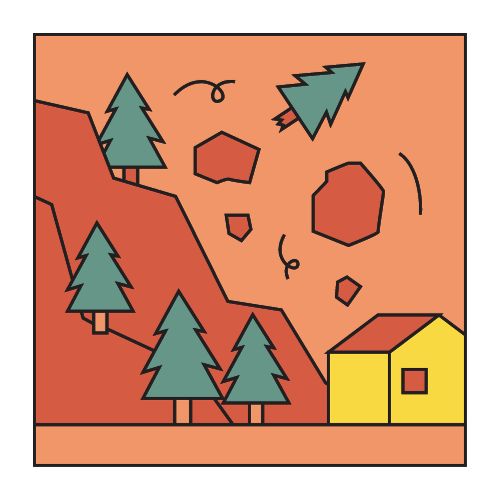
A landslide is a sudden movement of dirt, rocks, or even entire chunks of land that suddenly moves downhill.
It can happen because of heavy rain, earthquakes, or other factors that make the ground unstable.
Landslides can be slow and gradual, or they can be very fast and destructive.
They often cause damage to homes, roads, and the natural landscape in the affected area.
8. Forest fires
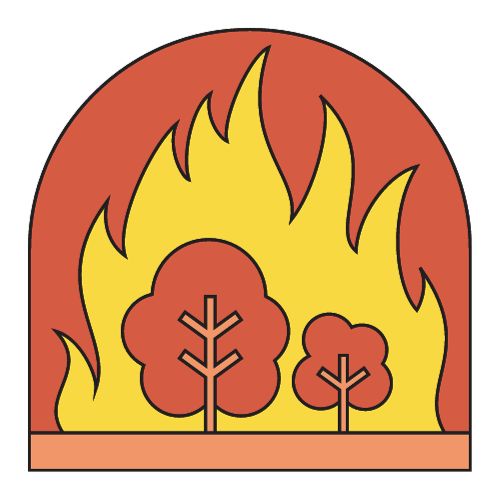
A forest fire, also known as a wildfire, is when a forest suddenly catches fire and spreads quickly to the surrounding area.
It’s a fast-spreading, uncontrolled fire that occurs in forests, grasslands, or wild areas. Fires can start from lightning, human activities, or even volcanic eruptions.
Forest fires can cause a lot of damage. They burn trees, plants, and wildlife. But they can also put nearby communities and the environment at risk. Firefighters work hard to control and extinguish these fires to minimize their impact.
9. Flooding

Water overflowing onto dry land is called flooding. Flooding can occur because of heavy rain, melting snow, or rising rivers, lakes, or oceans.
Floods can be slow and gradual, or they can come on quickly, depending on the cause. They can damage homes, roads, and farmland and can be very dangerous.
A subcategory is flash floods, which is a sudden and unexpected rush of water. Flash floods are very dangerous because they occur suddenly and the fast-moving water can carry debris, putting people and property at risk.
10. Typhoons
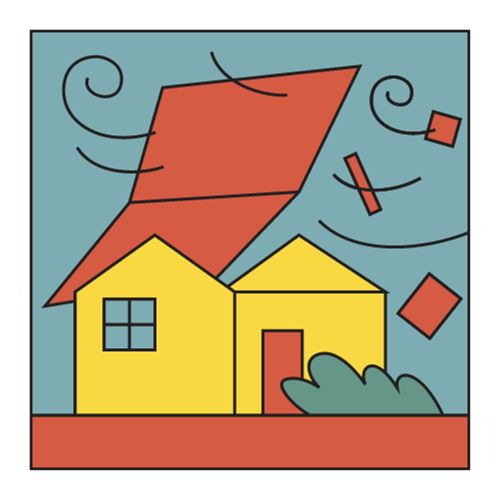
A typhoon is essentially the same thing as a hurricane, but it’s called a typhoon in the western Pacific Ocean and the South China Sea.
In other parts of the world, such as the Atlantic Ocean and the northeastern Pacific, we refer to these powerful storms as hurricanes.
Typhoons and hurricanes are big tropical storms with strong winds and heavy rain that can cause a lot of damage. They usually hit coastal areas.
10 Types of Natural Disasters
Natural disasters are powerful and often devastating events that result from the forces of nature.
They encompass a wide range of phenomena, including hurricanes, typhoons, cyclones, volcanoes, earthquakes, tsunamis, droughts, landslides, forest fires, and flooding.
These events have the potential to cause significant damage to communities and the environment.
We can reduce destruction and loss by understanding nature and taking appropriate measures. Let’s build resilient, disaster-resistant societies.

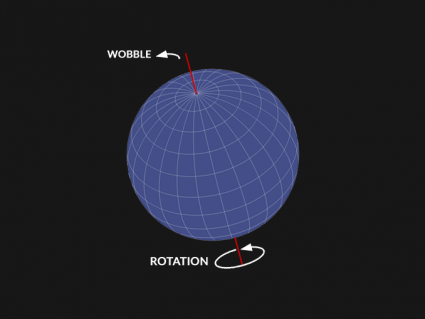
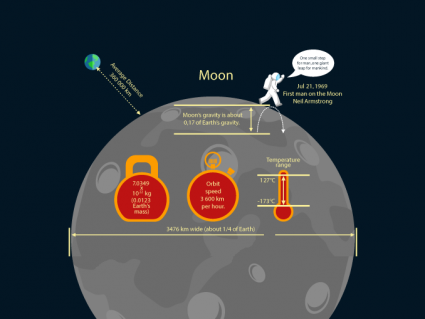
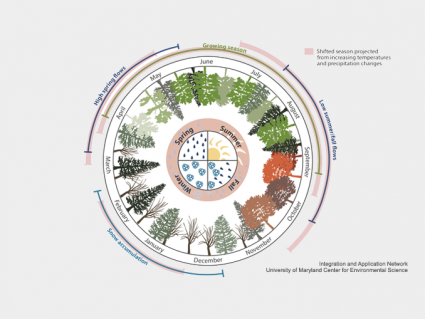
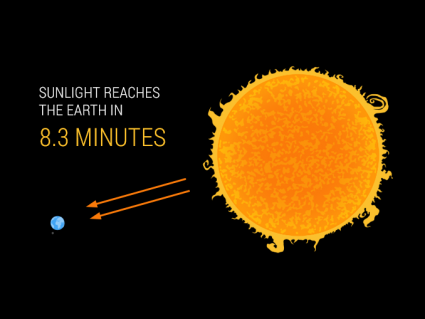
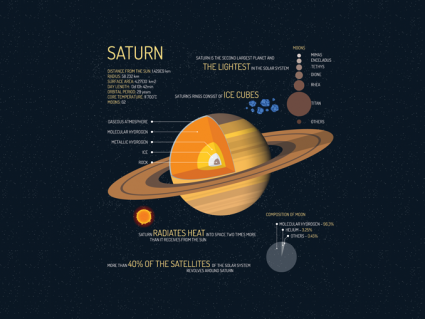
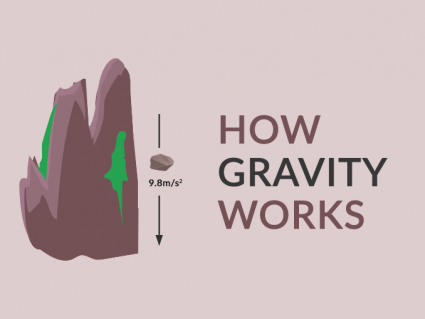



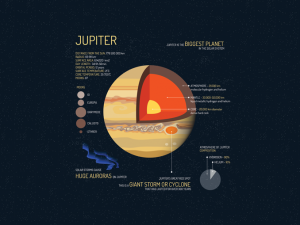
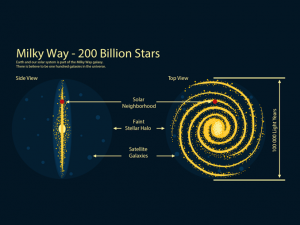
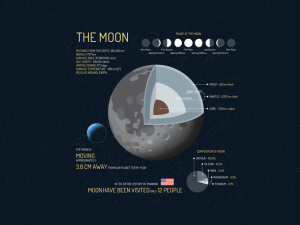

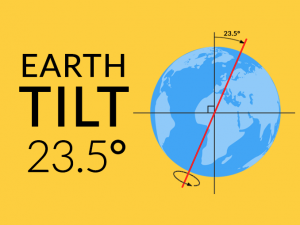
Not all volcanos have lava…They have lava like Mt. Fuji today you are fine.
That is so so dangerous.
A heat wave is very hot.
That came from my mind.
Did you know?
Very helpful 🙂
Very helpful 😃😄
This helped at school!
This list does not include the type of natural disaster that is responsible for more deaths globally than all the others put together: extreme heat.
Thank you so much. This is very good & helpful 👏 👍 👌 😀 😊 🙌
BOOOOORRRRRRRRIIIIINNNNGGGGG